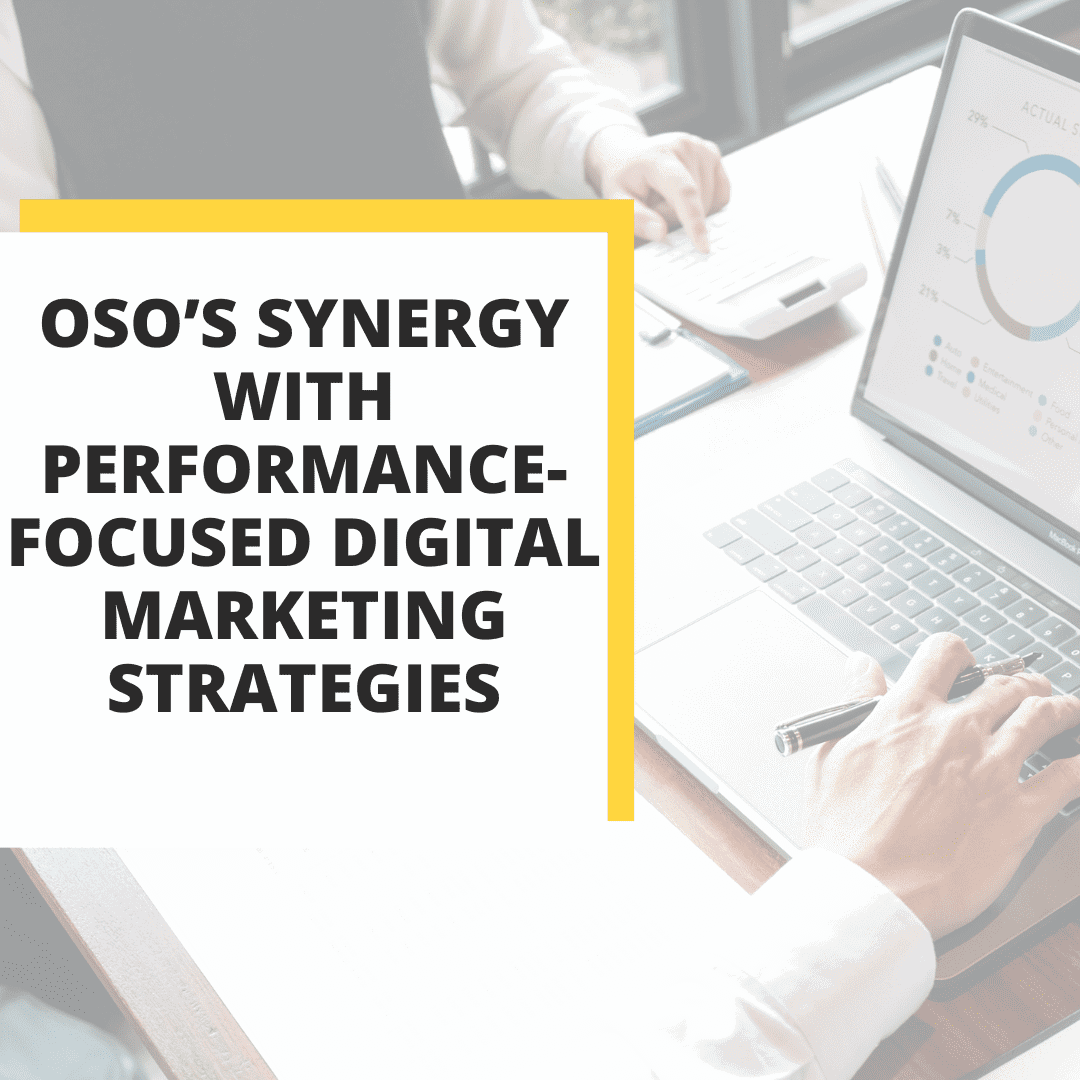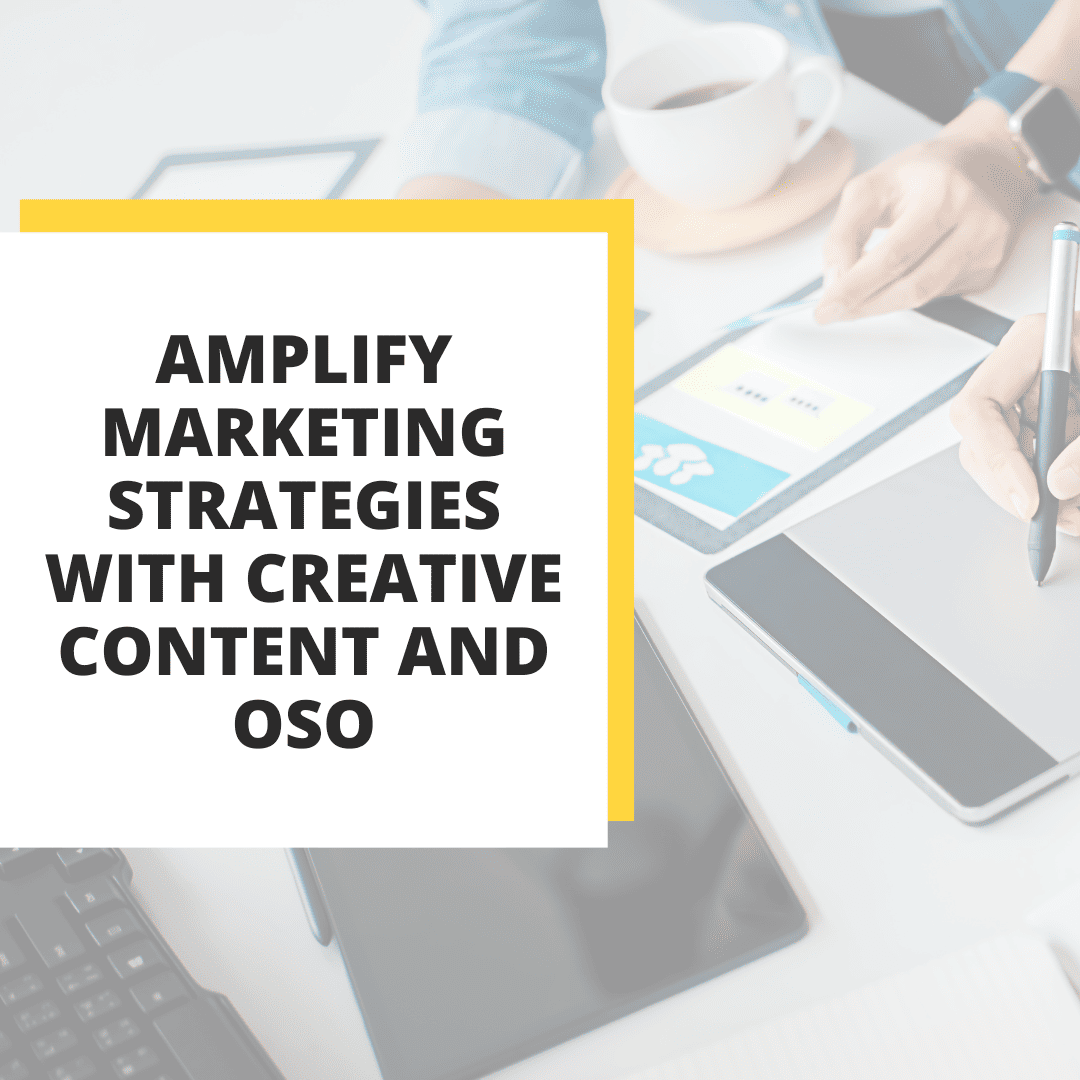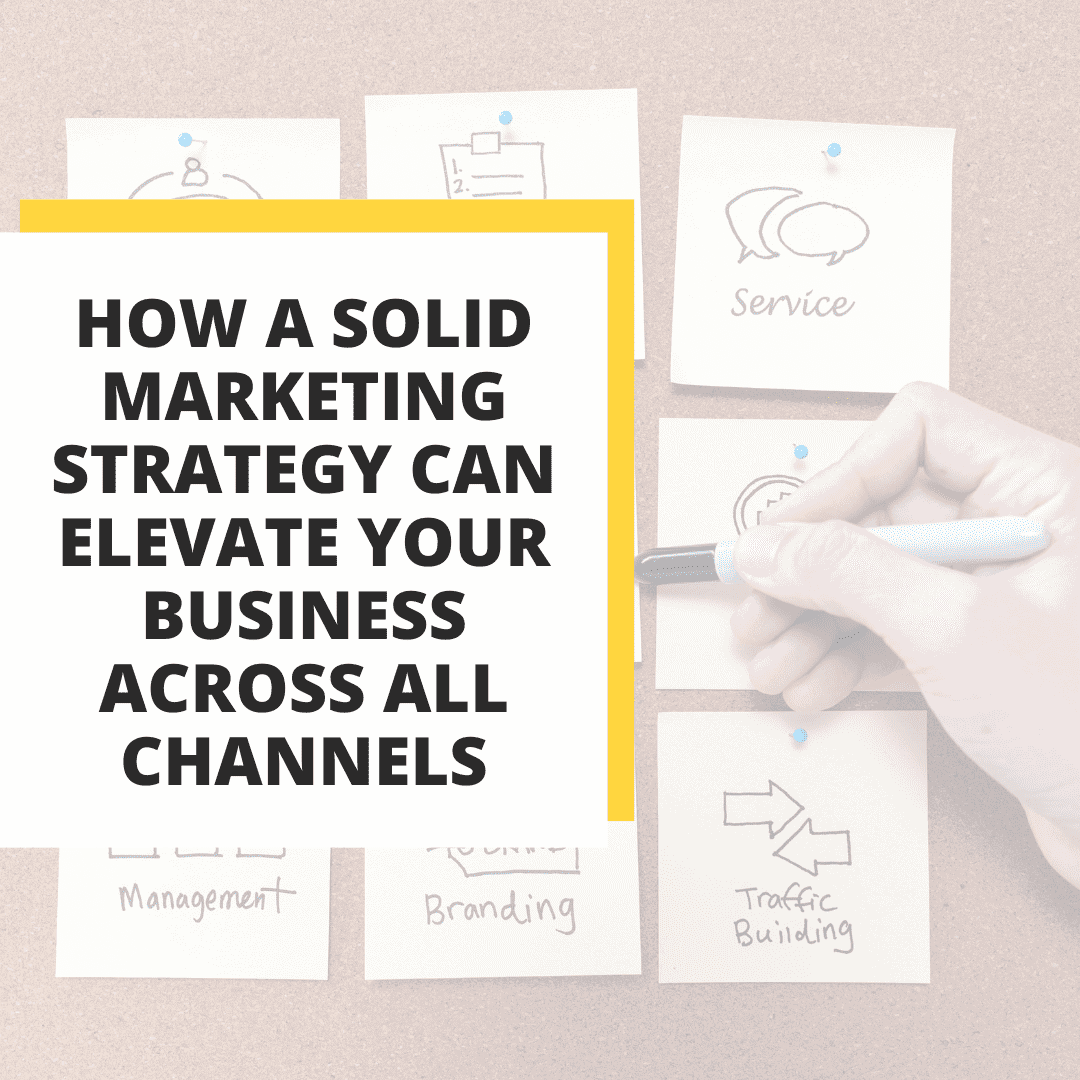Getting More From Display Advertising

For years, the only metric for display advertising was how many people clicked through.
For years, the only metric for display advertising was how many people clicked through.
As ads proliferated across the internet, the click-through rate plummeted and many critics rang the death knell for display advertising – some even going so far as to claim they had ‘banner blindness.’
But from social media to blogs, display advertising is still here – and growing.
Once advertisers stopped looking entirely at the click-through rate, the benefits and possibilities of display advertising grew to encompass so much more than just that single click.
However, despite the growth, many advertising firms are still stuck in the early 2000’s – laser-focused on an outdated metric.
That’s why we do display ads differently.
The IFM approach to display advertising
Today, the real strength of display advertising is its ability to gather clear data. That’s why we focus on giving you the information you need to fine-tune your whole advertising campaign to get a better ROI.
If you’ve never considered the benefits of banner ads beyond the click, then it’s time to dig deep, and read on, because display ads can help you craft a better advertising campaign. You might even be surprised by the variety of benefits display advertising offers that have nothing to do with click-through.
What is display advertising?
Display advertising is simply a fancy word for banner ads. Those are the ads on the top or side of your screen when you land on popular blogs, news sites, or other monetized pages. Mostly, they resemble the ads of old – just like you’d see in newspapers or magazines. There’s usually a picture along with a bit of salesy text encouraging you to click on the ad. When you do click on the ad, it will take you to the sponsor-site.
Because it resembles ads in physical publications, display advertising seems simple enough. However, there’s actually much more happening behind that display ad that makes click-through less important than it seems.
Interesting notion, isn’t it?
The problem with click-through
If they clicked, the ad worked, right? That seems straightforward. But if they clicked by accident, which likely we’ve all done, or find the ad misleading and close the tab right away, that ad didn’t actually do anything.
And if you don’t know:
- how long a person is staying on your website
- what pages they’re looking at
- if they saw the ad and decided to check your webpage out later
Then you don’t know enough to make sure your banner ad is doing a good job, or if your advertising agency is.
By focusing on click-through rates exclusively, or even mainly, agencies flatten the impact of the banner ad, leaving you without a good way to track your ROI.
The true value of banner ads
The real ROI of display advertising comes when you start looking at it as more than just traditional advertising. From here, you can fuse the message with all that new, cutting edge technology to make that ad as effective as possible.
There are three main benefits to modern display advertising:
#1 You stay top of mind
Outside of click-through rates, the most basic aspect of display advertising is keeping your business top of mind. For those old, traditional ads, this was taken as an article of faith because there was no way of tracking who saw your ad, or the impact it had. Instead, buyers bought as many billboards, magazine ads, and broadcast spots as they could to stay top of mind. With new tools available to us, like tracking pixels, you can create metrics that allow you to monitor how effective your ad is at keeping you on top of the pack. So when a potential client does decide to buy, they see you first.
#2 You capture tons of data about your clients
Advertising without understanding your audience leads to lower interaction and lower ROI. Traditionally, this was combated through focus groups or surveys, which are often unreliable. But today, display advertising allows you to capture data from your audience without jumping through those extra hoops. That makes display advertising one of the easiest ways to really get to know who your ideal audience is, what media they interact with, and what advertisements really work for them. This is one of the greatest benefits of modern display advertising. If you’re not seeing any of the data that comes from your digital display advertising, you’re getting barely half the value of your ad spend. And that’s NOT okay.
#3 You can continually optimize and track your ROI within your campaign
One of the misconceptions of display ads is that the ad is placed indiscriminately – whoever lands on the blog or news site sees that same ad, no matter who they are. But with all the data available to advertisers, your ads can be optimized and directed at the audience that’s been defined through data capture. Using all that information, your ads are placed where your audience is actually living. For example, if you run a sporting goods business, you could focus your ad spend on sites where sports fans hang out, such as sports news sites, or social media channels. Then, you can track how effective those ads are, which allows for you to tweak your campaign for the best ROI. That’s a win-win.
Looking past the click
In many ways, a display ad is as much about knowing your audience, and how they interact with you, as it is about your audience knowing you and understanding what you can do for them.
Properly utilized, this information is priceless. Not only does it help guide your display advertising campaign, but it allows for effective ROI tracking and tweaking over the course of each push. And at the end of the day, this makes your advertising more effective across mediums.
After 5+ years tracking and tweaking ROI for our clients, we’ve helped many create strong, well-tracked display advertising campaigns – and seen the return on investment first hand.
And join us next month, where we’ll look at how Google Analytics can help you further clarify the picture of your ideal client, so you can optimize your business advertising and communications for them.
Learn More about how we do things – Reach Out



